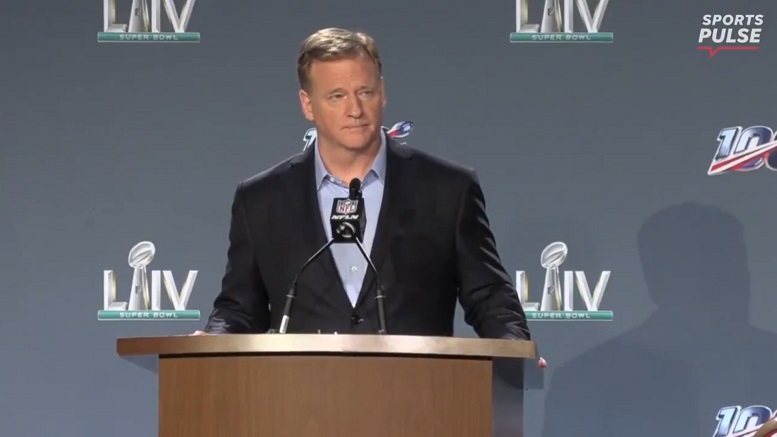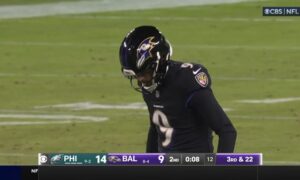While the NFL and NFLPA debate back and forth over what percentage of the financial pie they will take in as part of the next Collective Bargaining Agreement, which has yet to be approved, one thing that we do expect is that, whenever the dust is settled, that pie is going to get a lot bigger.
According to Pro Football Talk, the NFL currently expects the new television deals, which have get to be formally negotiated, to generate an additional $3.2 billion in revenue for the league annually. That breaks down to an extra $100 million per team in a 32-team league.
Obviously, not all of that is going to go directly into the salary cap—for one thing, players’ maximum percentage share will be at 48.5—but it’s fair to say that we anticipate seeing a significant rise in the salary cap in the near future.
Not likely for 2020, considering neither the new CBA nor the television deals are finalized, but we could see the largest single-year rise in the value of the salary cap in the history of the game in the jump between the 2020 and 2021 seasons, perhaps to the tune of $25-30 million, or even more.
Frankly, this is one of the reasons that I balk at all of the media figures putting out the league’s propaganda about the rise in minimum salaries, because it would be hard to justify keeping minimum salaries down while the economic intake of the league balloons. While some projections have the minimum salary rising to about $1 million by the end of the next CBA, many feel it should already be there, or be there much quicker. Right now, it’s around half of that.
It wasn’t so long ago that detractors were trying to point to drops in ratings and suggest that the game was beginning a downward spiral. These detractors were not seeing the broader trends of television decline across the board, whereas, in fact, NFL games remained the strongest and most consistent draw.
The game now dominates the landscape as much as it ever has before, and on the strength of that reality, plus the addition of 18 more games per season (16 in the regular season and two in the postseason, though that ignores the loss of the much poorer draws of 16 preseason games), it shouldn’t be seen as a surprise to see a substantial rise in capital, which should spread around to everybody in the game, to some degree, though, yes, the owners will continue to pocket the lion’s share.








